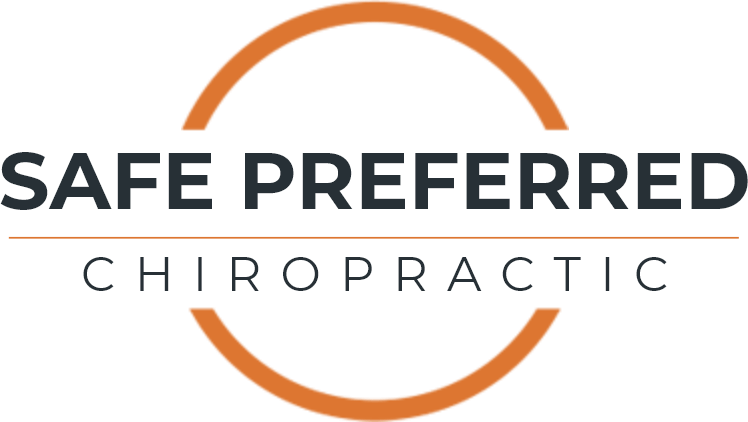What is a Subluxation?
Understanding Subluxations
A subluxation is a condition where spinal vertebrae move out of position, creating pressure and irritation on nerves, leading to a variety of health issues. At Safe Preferred Chiropractic, we consider subluxations to be one of the primary factors that interfere with your body’s natural ability to heal and function optimally. When vertebrae become misaligned, they can restrict normal joint motion and cause interference with the vital nerve messages traveling between your brain and body. This communication disruption can affect virtually any function in your body, from immune response to digestion, breathing, and movement. Identifying and correcting subluxations is a fundamental aspect of chiropractic care and forms the foundation of our approach to restoring and maintaining your health.
Causes of Subluxations
Subluxations can develop from various physical, emotional, and chemical stressors that overwhelm your body’s adaptive capacity. Physical causes include falls, accidents, repetitive motions, improper lifting, and even the birth process itself, which can create significant stress on an infant’s spine. Poor posture, especially from modern activities like extended computer use and smartphone scrolling, is becoming an increasingly common cause of subluxations. Emotional stress causes muscle tension that can pull vertebrae out of alignment, while chemical causes include poor nutrition, alcohol consumption, and environmental toxins that affect muscle tone and coordination. At Safe Preferred Chiropractic, we perform a thorough assessment to identify the specific factors contributing to your subluxations.
The Five Components of Subluxation
In the chiropractic profession, a subluxation is understood to have five key components that create a cycle of dysfunction and dis-ease. The first component is spinal kinesiopathology, which refers to abnormal motion or position of spinal vertebrae. This is followed by neuropathophysiology, where nerve function is compromised due to compression or irritation. Myopathology involves abnormal muscle function, as muscles connected to subluxated vertebrae may become tight, weak, or spasm. Histopathology refers to the tissue damage and inflammatory response that occurs around a subluxation. Finally, pathophysiology encompasses the overall degenerative changes and disease processes that can develop over time when subluxations remain uncorrected.
- Spinal misalignment affecting joint mobility
- Nerve interference disrupting vital communication
- Muscle dysfunction creating tension and imbalance
- Tissue inflammation and damage around affected areas
- Progressive degeneration if left uncorrected
Signs and Symptoms of Subluxations
Identifying subluxations early is crucial for preventing long-term damage, but they don’t always cause obvious symptoms initially. At Safe Preferred Chiropractic, we look for various indicators that may suggest the presence of subluxations. Pain or tenderness around specific vertebrae is a common sign, though it’s important to note that many subluxations exist without causing pain until they’re quite advanced. Restricted range of motion, muscle tension, or spasm in areas surrounding the spine often indicate subluxations. Postural abnormalities, such as one shoulder being higher than the other or an uneven pelvis, frequently result from compensating for subluxations. Some patients experience referred symptoms like headaches, numbness, or tingling in extremities due to nerve interference from subluxated vertebrae.
Correcting Subluxations
At Safe Preferred Chiropractic, our primary objective is to detect, analyze, and correct subluxations through specific chiropractic adjustments. These precise interventions are designed to restore proper alignment and motion to subluxated vertebrae, relieving pressure on nerves and allowing your body’s innate healing abilities to function optimally. Our chiropractors use various adjustment techniques tailored to your specific condition, age, and comfort level. Beyond adjustments, we may recommend supportive therapies such as massage, stretching, and therapeutic exercises to address muscular components of subluxations. We also provide guidance on ergonomics, posture, and lifestyle modifications to help prevent future subluxations from developing.
